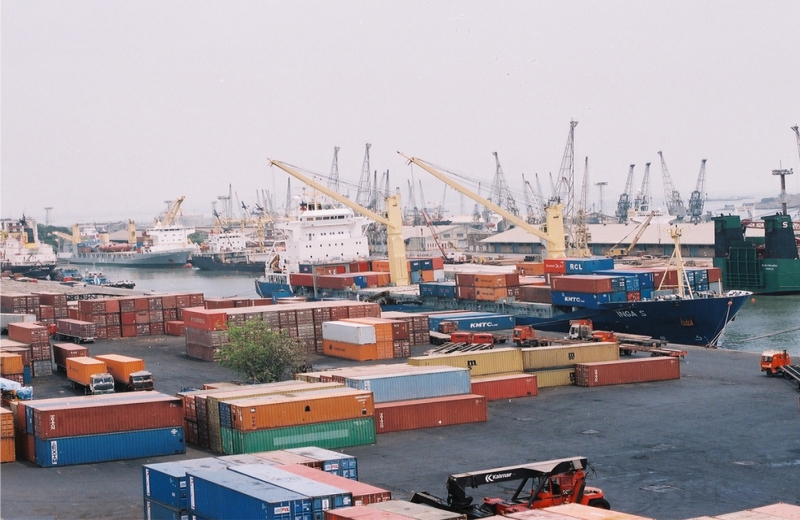[vc_row][vc_column][vc_column_text]
The Gujarat Government has appointed Ernst & Young (E&Y) as consultants to draft a new port policy that is expected to replace the two-decade-old policy and double the cargo handing capacity of ports to 1000 million tonnes.
“It will take at least four months for E&Y to prepare the draft, so we expect the new policy to be out only close to April 2017. In the meantime, we will be coming out with a concept note on the new port policy during the upcoming Vibrant Gujarat Global Summit. This concept note is meant to allow discussion and suggestion before the policy is finalised,” said a senior State Government official.
According to State Government officials, though Gujarat got the first mover advantage by announcing the first port policy of the Country way back in 1995, it is facing competition from other maritime States like Andhra Pradesh and Tamil Nadu that have initiated more PPP (Public-Private Partnership) port projects and have provided greater incentives to private developers.
In order to maintain a 32 percent share in India’s maritime cargo, officials believe that Gujarat needs to urgently review and innovate its existing port policy. “After 1995, policies for the port sector was announced in piece-meal. For instance, we had the BOOT Policy 1997, Shipbuilding Policy 2010, Ship-breaking Policy, etc. This is a chance to have an integrated policy,” the official said about Gujarat where Non-Major Ports under GMB have a port capacity of 466 million tonnes.
The State Government is expected to take a re-look at many policies, including that surrounding Shipbuilding “which has not resulted in development of sector as desired.” The BOOT Policy and the Model Concession Agreement for Greenfield ports might also be reconsidered, as 10 greenfield sites identified is yet to take off.
The Port Policy 1995 also talked about private sector participation in existing jetties and other port services, from which the private jetty model was carved out. However, during the last 20 years, the traffic at private jetties have grown only by 7.8 percent. This is far less compared to overall traffic growth of 13.2 percent registered at all Gujarat Non-Major Ports during the same two-decade period. “Many private jetties are facing issues in achieving Minimum Guaranteed Cargo. Therefore, we might have to revisit the Private Jetty Policy also,” the official added. The new policy might have an incentive mechanism for projects like maritime cluster.
It is also expected to promote “green development”, provide financial support for enhancing the much-needed port security, promote new concepts of port cities, coastal shipping, maritime university and others.
[/vc_column_text][/vc_column][/vc_row]







